Muhammad Mehboob Yasin
Cellular Formation Maintenance and Collision Avoidance Using Centroid-Based Point Set Registration in a Swarm of Drones
Mar 03, 2021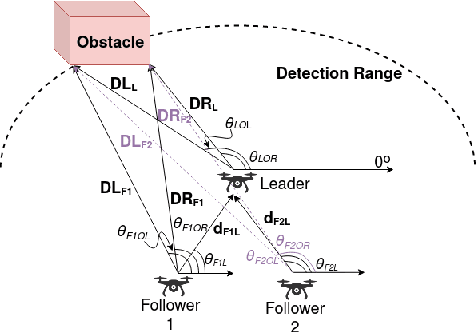
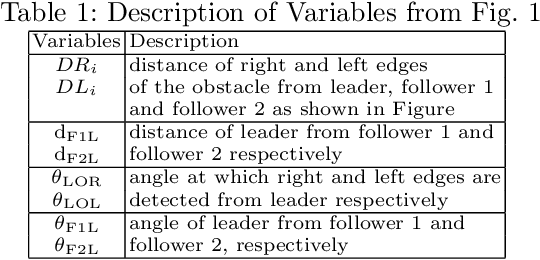
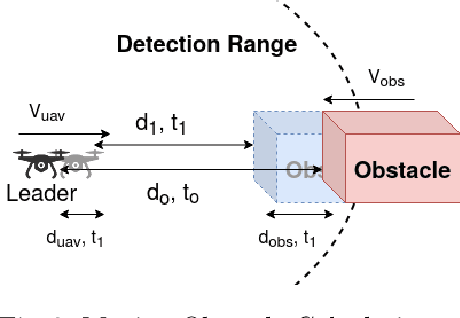
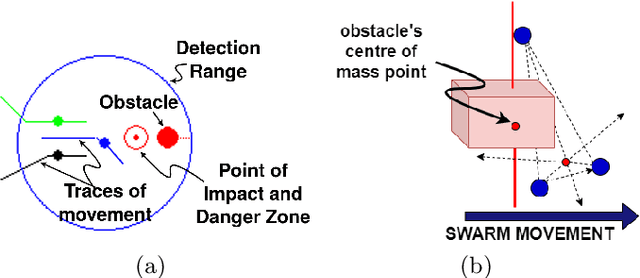
Abstract:This work focuses on low-energy collision avoidance and formation maintenance in autonomous swarms of drones. Here, the two main problems are: 1) how to avoid collisions by temporarily breaking the formation, i.e., collision avoidance reformation, and 2) how do such reformation while minimizing the deviation resulting in minimization of the overall time and energy consumption of the drones. To address the first question, we use cellular automata based technique to find an efficient formation that avoids the obstacle while minimizing the time and energy. Concerning the second question, a near-optimal reformation of the swarm after successful collision avoidance is achieved by applying a temperature function reduction technique, originally used in the point set registration process. The goal of the reformation process is to remove the disturbance while minimizing the overall time it takes for the swarm to reach the destination and consequently reducing the energy consumption required by this operation. To measure the degree of formation disturbance due to collision avoidance, deviation of the centroid of the swarm formation is used, inspired by the concept of the center of mass in classical mechanics. Experimental results show the efficiency of the proposed technique, in terms of performance and energy.
Swarm Formation Morphing for Congestion Aware Collision Avoidance
Nov 08, 2020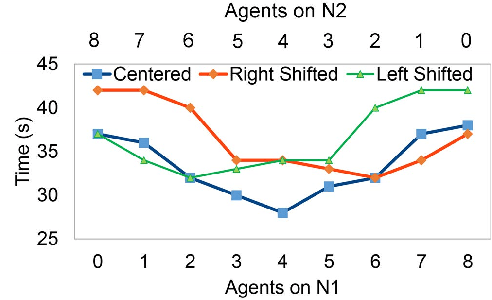

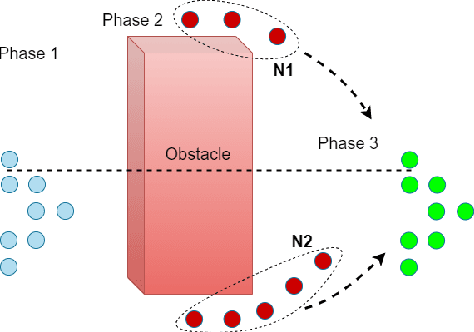
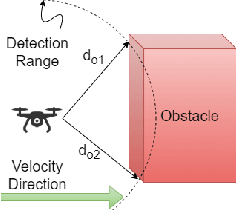
Abstract:The focus of this work is to present a novel methodology for optimal distribution of a swarm formation on either side of an obstacle, when evading the obstacle, to avoid overpopulation on the sides to reduce the agents' waiting delays, resulting in a reduced overall mission time and lower energy consumption. To handle this, the problem is divided into two main parts: 1) the disturbance phase: how to morph the formation optimally to avoid the obstacle in the least possible time in the situation at hand, and 2) the convergence phase: how to optimally resume the intended formation shape once the threat of potential collision has been eliminated. For the first problem, we develop a methodology which tests different formation morphing combinations and finds the optimal one, by utilizing trajectory, velocity, and coordinate information, to bypass the obstacle. For the second problem, we utilize a thin-plate splines (TPS) inspired temperature function minimization method to bring the agents back from the distorted formation into the desired formation in an optimal manner, after collision avoidance has been successfully performed. Experimental results show that, in the considered test scenario, the traditional method based on the shortest path results in 14.7% higher energy consumption as compared to our proposed approach.
Night vision obstacle detection and avoidance based on Bio-Inspired Vision Sensors
Oct 29, 2020
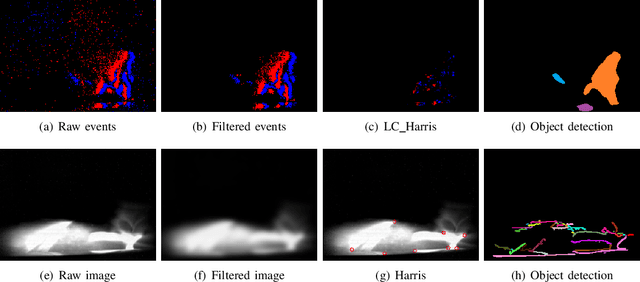
Abstract:Moving towards autonomy, unmanned vehicles rely heavily on state-of-the-art collision avoidance systems (CAS). However, the detection of obstacles especially during night-time is still a challenging task since the lighting conditions are not sufficient for traditional cameras to function properly. Therefore, we exploit the powerful attributes of event-based cameras to perform obstacle detection in low lighting conditions. Event cameras trigger events asynchronously at high output temporal rate with high dynamic range of up to 120 $dB$. The algorithm filters background activity noise and extracts objects using robust Hough transform technique. The depth of each detected object is computed by triangulating 2D features extracted utilising LC-Harris. Finally, asynchronous adaptive collision avoidance (AACA) algorithm is applied for effective avoidance. Qualitative evaluation is compared using event-camera and traditional camera.
Dynamic Formation Reshaping Based on Point Set Registration in a Swarm of Drones
Oct 29, 2020
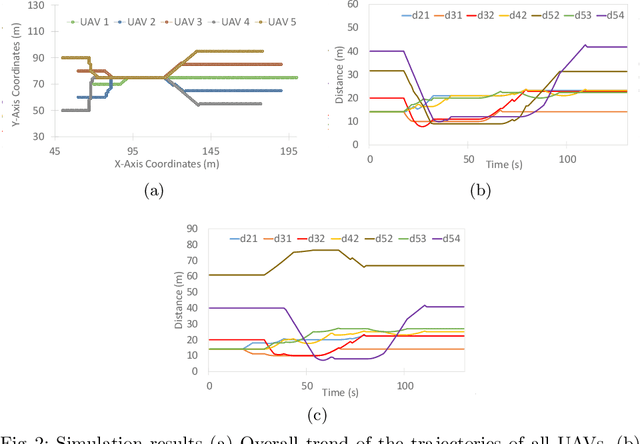
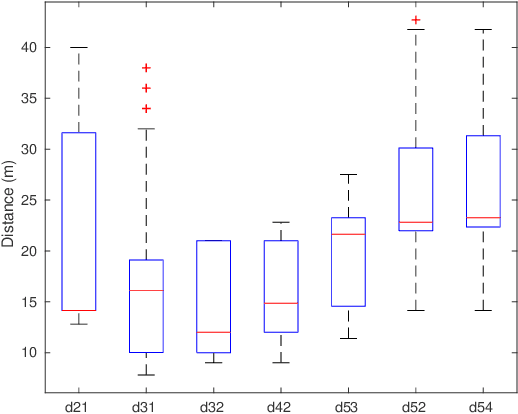
Abstract:This work focuses on the formation reshaping in an optimized manner in autonomous swarm of drones. Here, the two main problems are: 1) how to break and reshape the initial formation in an optimal manner, and 2) how to do such reformation while minimizing the overall deviation of the drones and the overall time, i.e., without slowing down. To address the first problem, we introduce a set of routines for the drones/agents to follow while reshaping to a secondary formation shape. And the second problem is resolved by utilizing the temperature function reduction technique, originally used in the point set registration process. The goal is to be able to dynamically reform the shape of multi-agent based swarm in near-optimal manner while going through narrow openings between, for instance obstacles, and then bringing the agents back to their original shape after passing through the narrow passage using point set registration technique.
 Add to Chrome
Add to Chrome Add to Firefox
Add to Firefox Add to Edge
Add to Edge